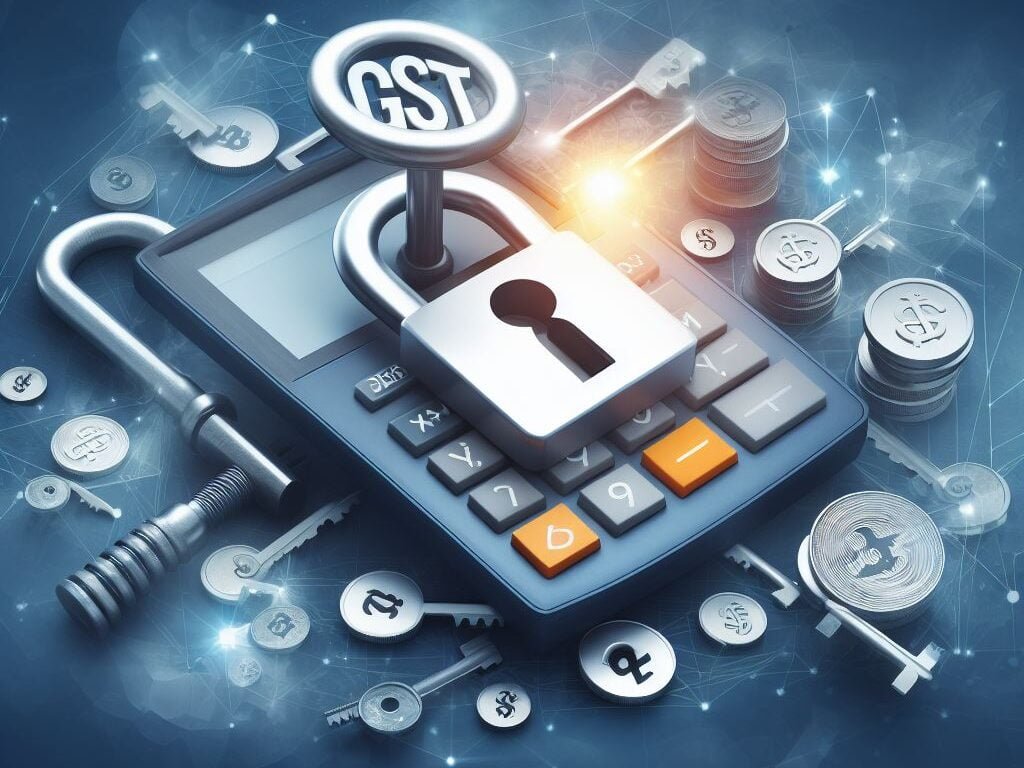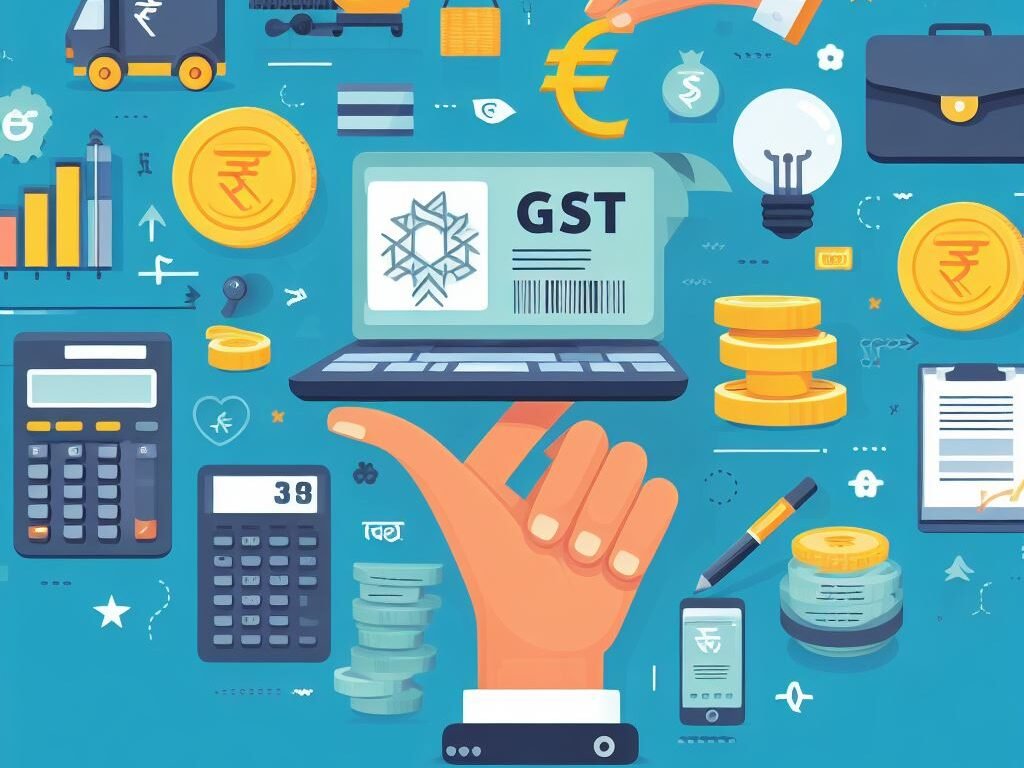Understanding Goods and Services Tax and Its Key Features
The term “GST” has become a common acronym in the world of taxation. It stands for Goods and Services Tax, and it has revolutionized the way taxes are collected in many countries, including India. In this post, we’ll dive into what GST is and explore its essential features.

Table of Contents
What is GST?
GST, or Goods and Services Tax, is a comprehensive indirect tax levied on the supply of goods and services. Unlike the previous tax systems, where various taxes like excise, service tax, and VAT were applied separately, GST simplifies the process by consolidating these into a single tax. It’s a destination-based tax, meaning it’s collected where the goods and services are consumed, not where they are produced.
After years of deliberation and negotiations between the Central and State Governments, the Constitution (122nd Amendment) Bill, 2014, was introduced in the Parliament. The Bill aimed to amend the Constitution to enable the implementation of GST. The Constitution Amendment Bill was passed by the Lok Sabha in May, 2015. The Bill with certain amendments was finally passed in the Rajya Sabha and thereafter by the Lok Sabha in August, 2016. Further, the Bill has been ratified by the required number of States and has since received the assent of the President on 8th September, 2016 and has been enacted as the 101st Constitution Amendment Act, 2016. The GST Council was notified w.e.f. 15th September, 2016. For assisting the GST Council, the office of the GST Council Secretariat was also established.

The GST Council, consisting of the Union Finance Minister and representatives from all States and Union Territories, was established to make decisions on various aspects of GST, including tax rates, exemptions, and administrative procedures. It played a crucial role in shaping the GST framework in India. On 1st July, 2017, GST laws were implemented, replacing a complex web of Central and State taxes. Under the Indian GST, goods and services are categorized into different tax slabs, including 5%, 12%, 18%, and 28%. Some essential commodities are exempted from GST, Gold and job work for diamond attract low rate of taxation. Compensation cess is being levied on demerit goods and ceratin luxury items.
Key Features of GST:
Now, let’s take a closer look at the features that define the GST system:
1. Single Tax Structure:
GST replaces a multitude of indirect taxes with a unified tax structure. This simplifies the tax system, making it easier for businesses and individuals to understand and comply with tax regulations.
2. Dual Model:
In many countries, including India, GST follows a dual model, which means it’s administered both by the central and state governments. The Central Goods and Services Tax (CGST) and State Goods and Services Tax (SGST) are collected on intra-state transactions, while the Integrated Goods and Services Tax (IGST) applies to inter-state transactions.

3. Input Tax Credit:
One of the significant advantages of GST is the concept of Input Tax Credit (ITC). Businesses can claim a credit for the GST they pay on inputs (purchases) against the GST they collect on outputs (sales). This eliminates the cascading effect of taxes, resulting in more efficient and cost-effective tax management.
4. Threshold Exemption:
GST has a threshold exemption, which means small businesses with an annual turnover below a certain limit are not required to register for and collect GST. This helps ease the compliance burden on micro-enterprises.
5. Comprehensive Tax Base:
GST applies to a wide range of goods and services, encompassing both tangible goods and intangible services. This broad tax base ensures that a substantial part of the economy is brought under the tax net.

6. E-filing and Online Procedures:
GST emphasizes digitalization and online compliance. Businesses and taxpayers are required to file returns and complete other procedures electronically, reducing paperwork and enhancing transparency.
7. Anti-Profiteering Measures:
To ensure that businesses pass on the benefits of reduced tax rates to consumers, GST includes anti-profiteering measures. These measures help prevent unjust price hikes and promote fair pricing.
8. Clear Tax Invoices:
GST mandates clear and standardized tax invoices. This makes it easier for businesses and authorities to track and verify transactions, reducing the chances of tax evasion.
In conclusion, GST is a comprehensive tax system that has simplified taxation in many countries. It features a unified tax structure, dual administration, input tax credit, and several other characteristics aimed at streamlining the tax process. Understanding the key features of GST is vital for businesses and individuals to navigate the tax landscape effectively. It’s a tax system designed to promote transparency, reduce tax evasion, and ultimately benefit both taxpayers and the government.



